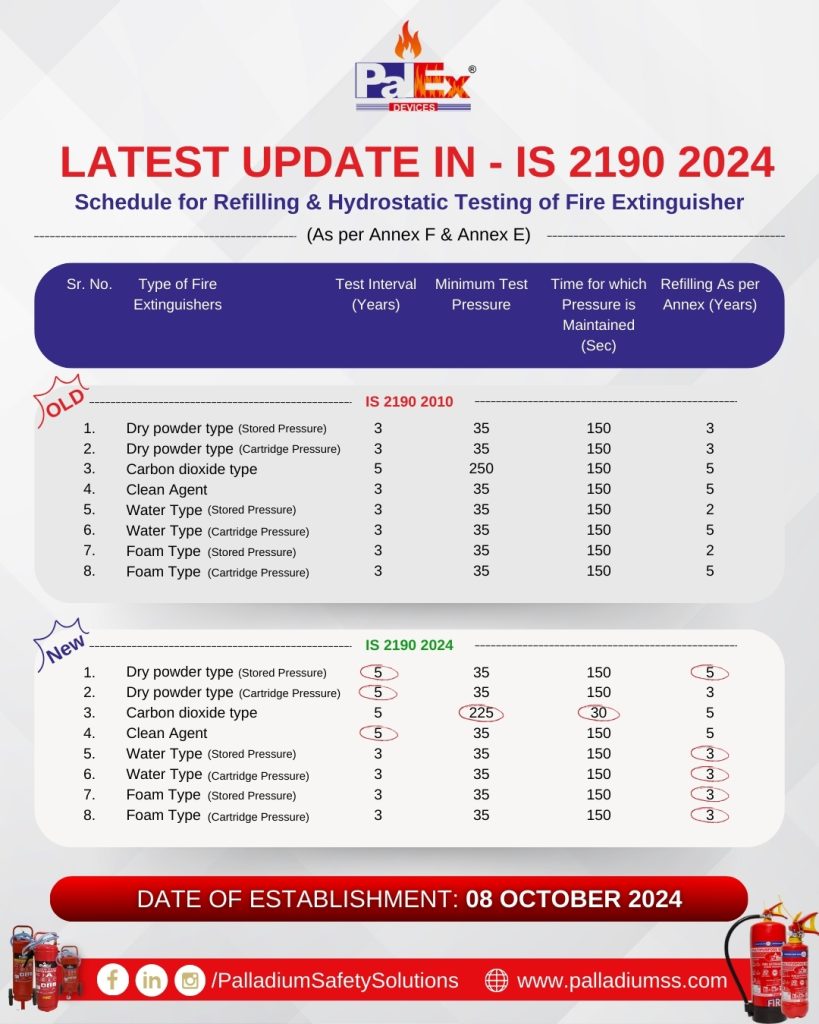When it comes to fire safety, most people buy a fire extinguisher only once in their life — usually after a small scare, a safety requirement, or advice from a friend. But the real problem is this:
Most of us don’t know which fire extinguisher is right for our home, office, car, or kitchen.
We see ABC… CO₂… Foam… and suddenly everything becomes confusing.
The good news?
You don’t need technical knowledge to understand the difference.
What Is an ABC Fire Extinguisher?
ABC extinguishers are the most common type found in homes, shops, cars, and offices.
They are also called dry chemical powder extinguishers.
Inside them is a dry powder called mono ammonium phosphate.
It works by:
- Cutting oxygen supply
- Cooling the fire
- Forming a layer to prevent re-ignition
Which fire types ABC extinguisher can control?
- Class A – paper, wood, cloth
- Class B – oil, petrol
- Class C – LPG, CNG
- Electrical fires – yes, safe
That’s why it’s called ABC — it covers multiple fire classes.
Where to use ABC extinguishers:
- Homes
- Kitchens (general area)
- Cars
- Retail shops
- Small offices
- Storage rooms
- Workshops
Advantages:
- Very versatile
- Works on almost every common fire
- Affordable
- Easy to operate
- Good for beginners
Disadvantages:
- Leaves a messy yellow powder
- Powder can damage electronics
- Not ideal for expensive equipment rooms
What Is a CO₂ (Carbon Dioxide) Fire Extinguisher?
A CO₂ extinguisher uses pressurised carbon dioxide gas.
When released, the gas quickly cools the fire and removes oxygen around it.
CO₂ extinguishers leave no residue — which is their biggest advantage.
Which fire types CO₂ extinguisher can control?
- Electrical fires – best option
- Class B fires – oil, petrol
- Small flammable liquid fires
Where to use CO₂ extinguishers:
- Computer rooms
- Server rooms
- Offices with electronics
- ATMs
- Laboratories
- Shops with appliances
- Home offices
Advantages:
- No mess
- No damage to electronics
- Extremely effective for electrical fires
- Good cooling effect
Disadvantages:
- Not effective on Class A (paper/wood) fires
- Not effective on gas leaks
- Dangerous in small closed rooms (CO₂ reduces oxygen)
- Short discharge duration (10–20 seconds)
CO₂ is a special-purpose extinguisher, not a general-use one.
What Is a Foam Fire Extinguisher?
Foam extinguishers (AFFF type) release a thick foam that:
- Covers the burning liquid
- Cuts off oxygen supply
- Cools the surface
- Prevents re-ignition
The foam spreads over the surface like a blanket.
Which fire type foam extinguisher can control?
- Class A – wood, paper
- Class B – petrol, diesel, oil
Where to use foam extinguishers:
- Fuel stations
- Garages
- Warehouses
- Paint shops
- Hotels
- Large kitchens (not near electrical appliances)
- Industrial areas
Advantages:
- Very effective for liquid fires
- Prevents fire from starting again
- Better control surface fires
Disadvantages:
- Cannot be used on electrical fires
- Not ideal for homes
- Leaves wet foam residue
- Heavy to carry
Foam is mainly used for industrial or commercial setups.
Every extinguisher has a job, and when used in the right situation, each one can save lives, property, and precious time during an emergency.
Most people panic during a fire because they don’t know which extinguisher to grab.
But you now understand exactly how they differ — and that knowledge alone puts you ahead of 90% of people.
So don’t wait for a close call.
Place the right extinguisher in the right spot today, teach your family or staff how to use it, and sleep knowing you made your home or workplace safer.











